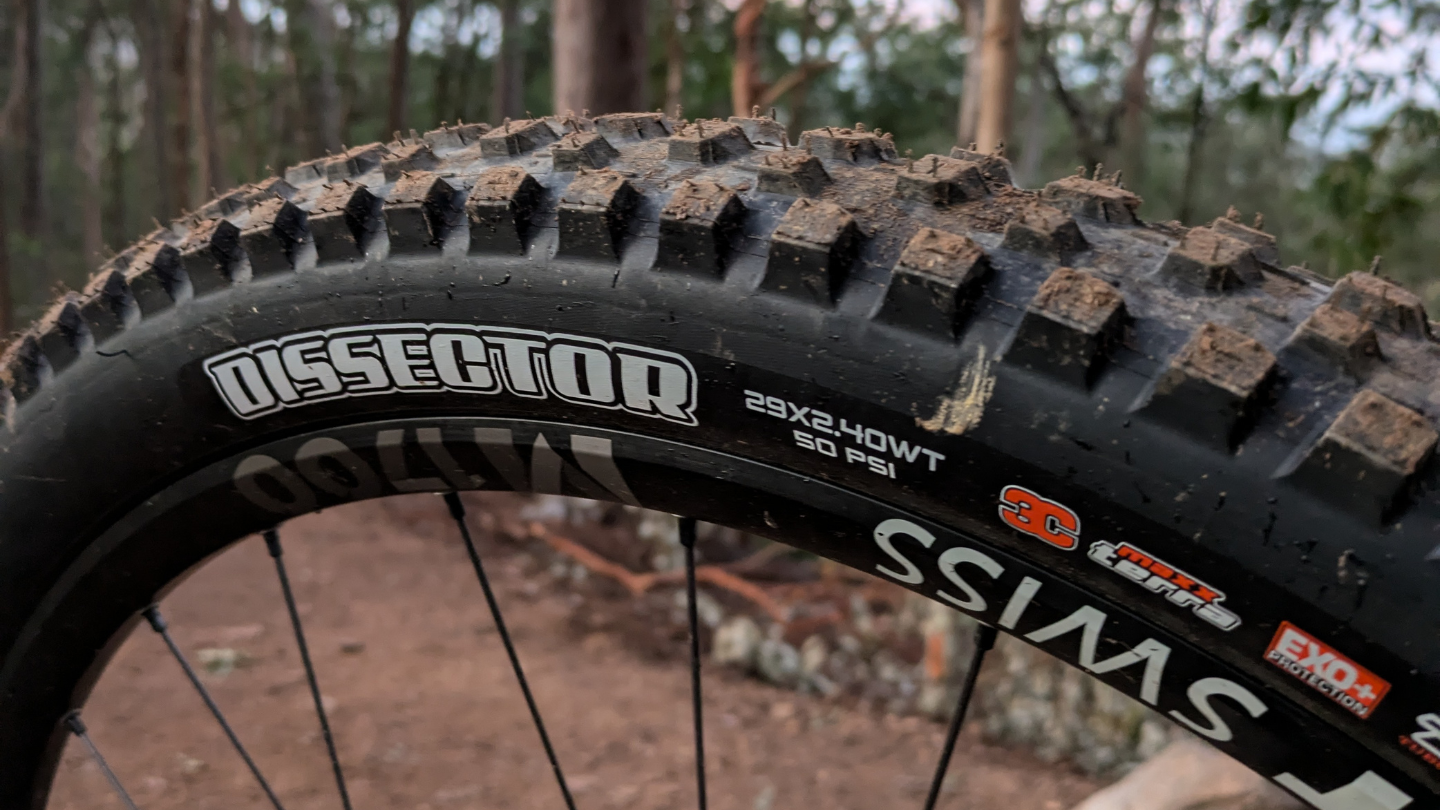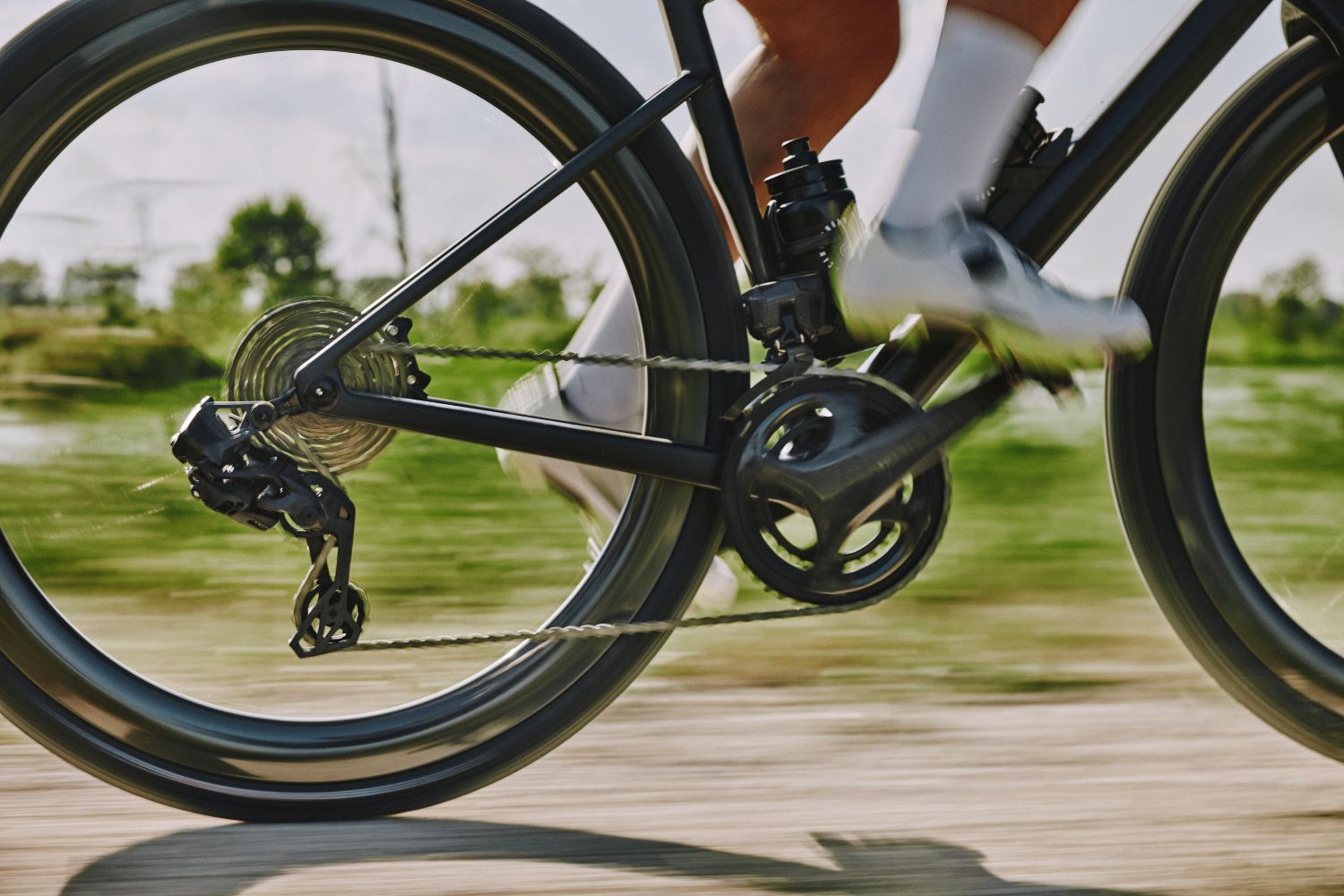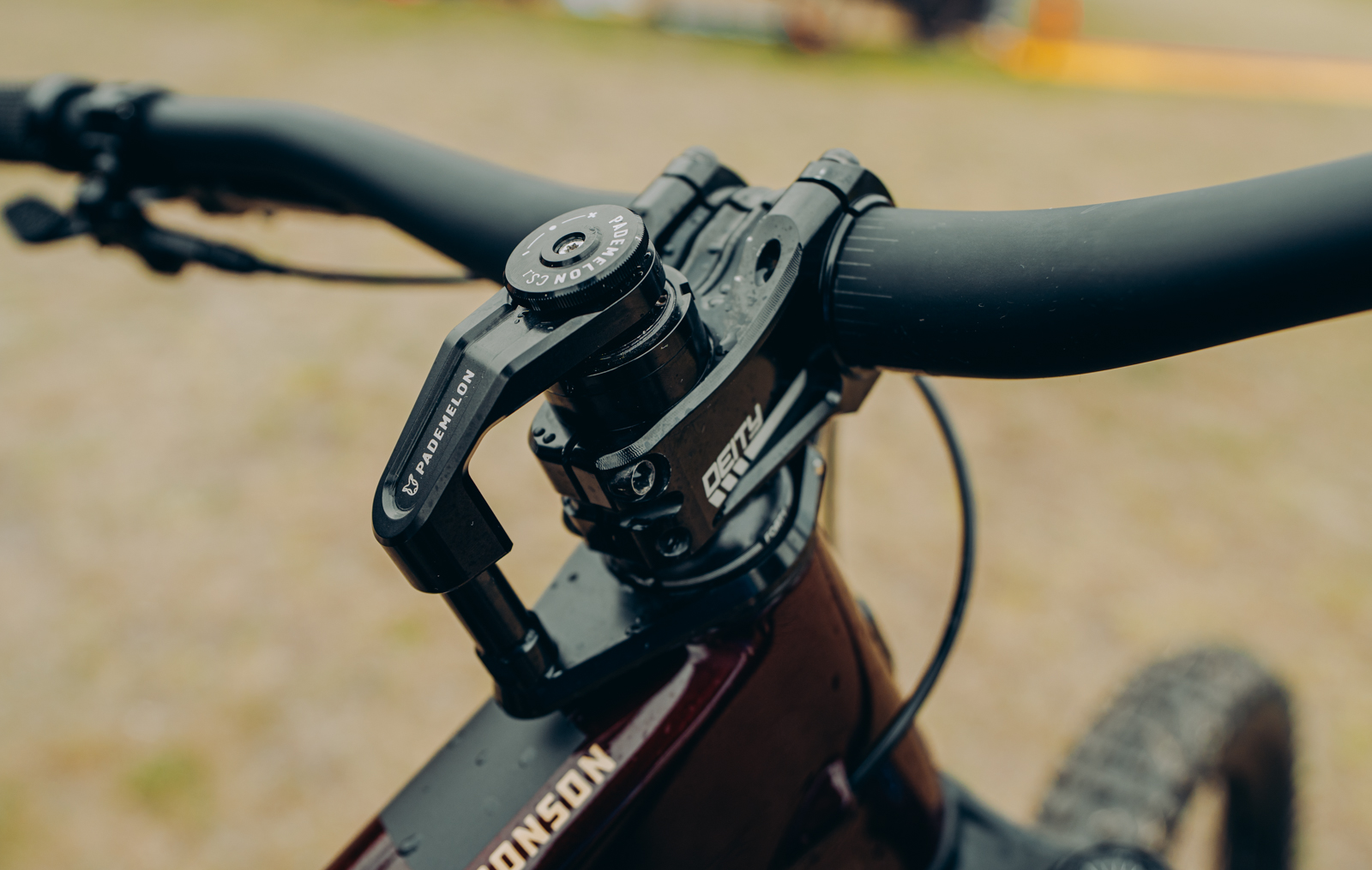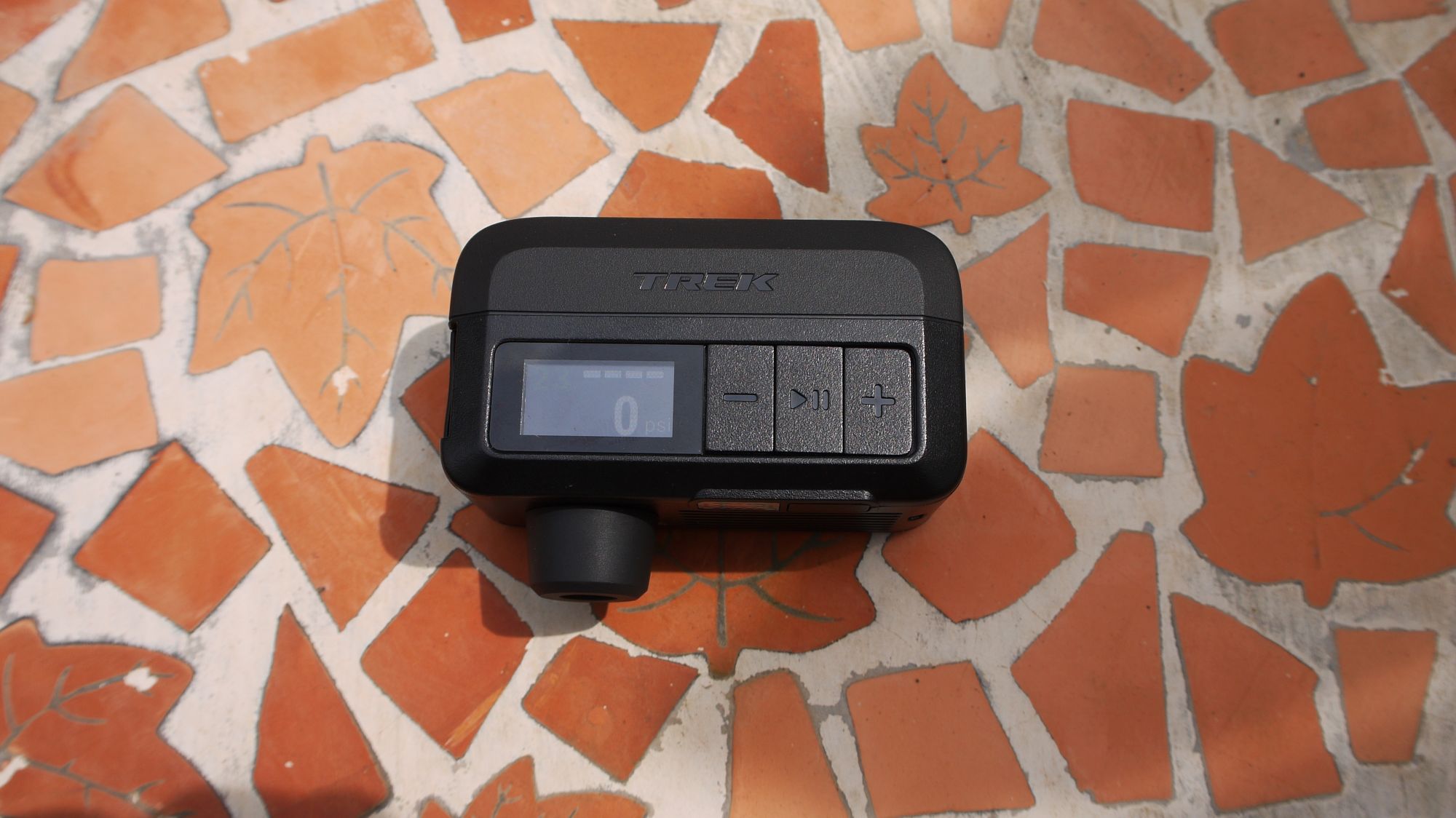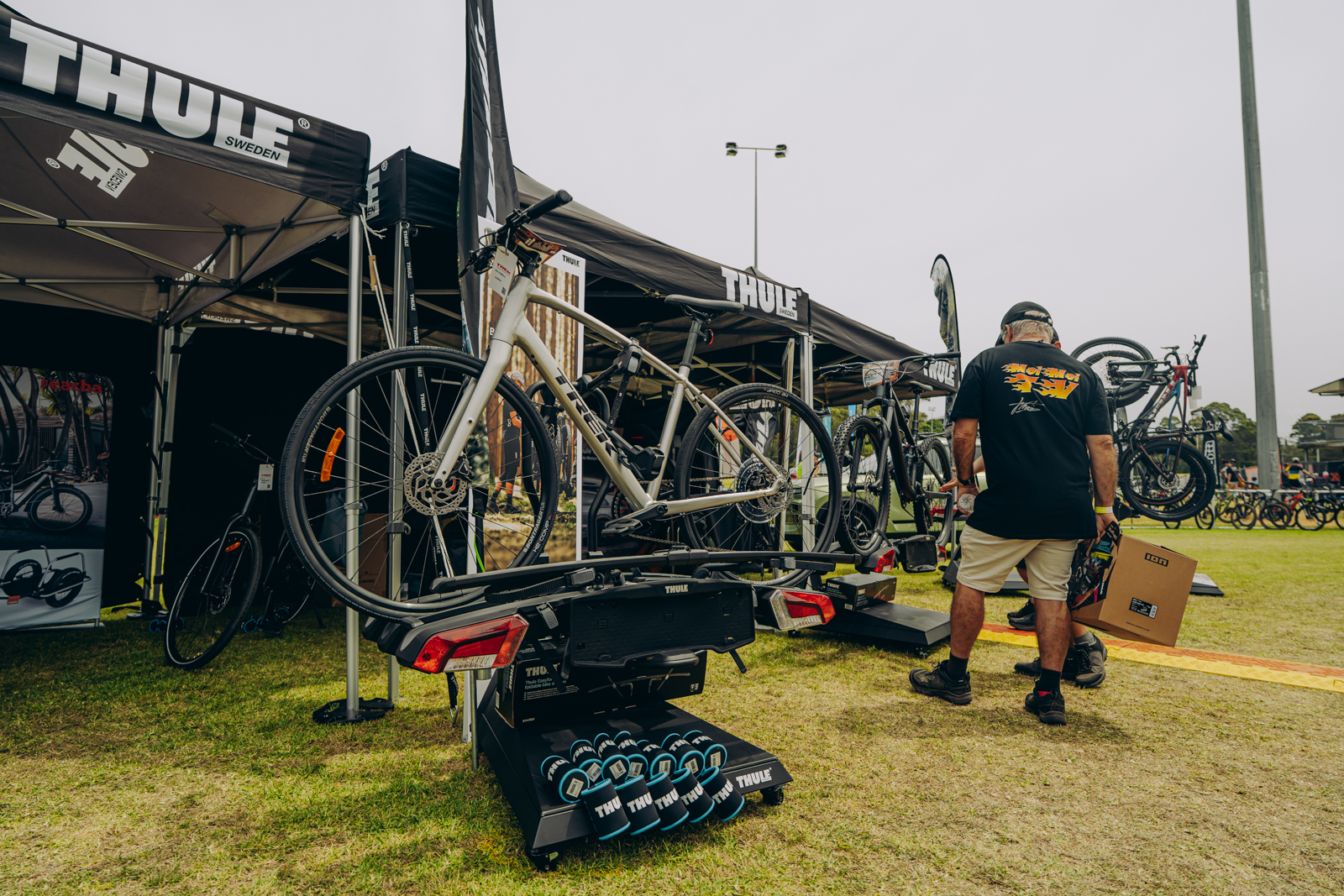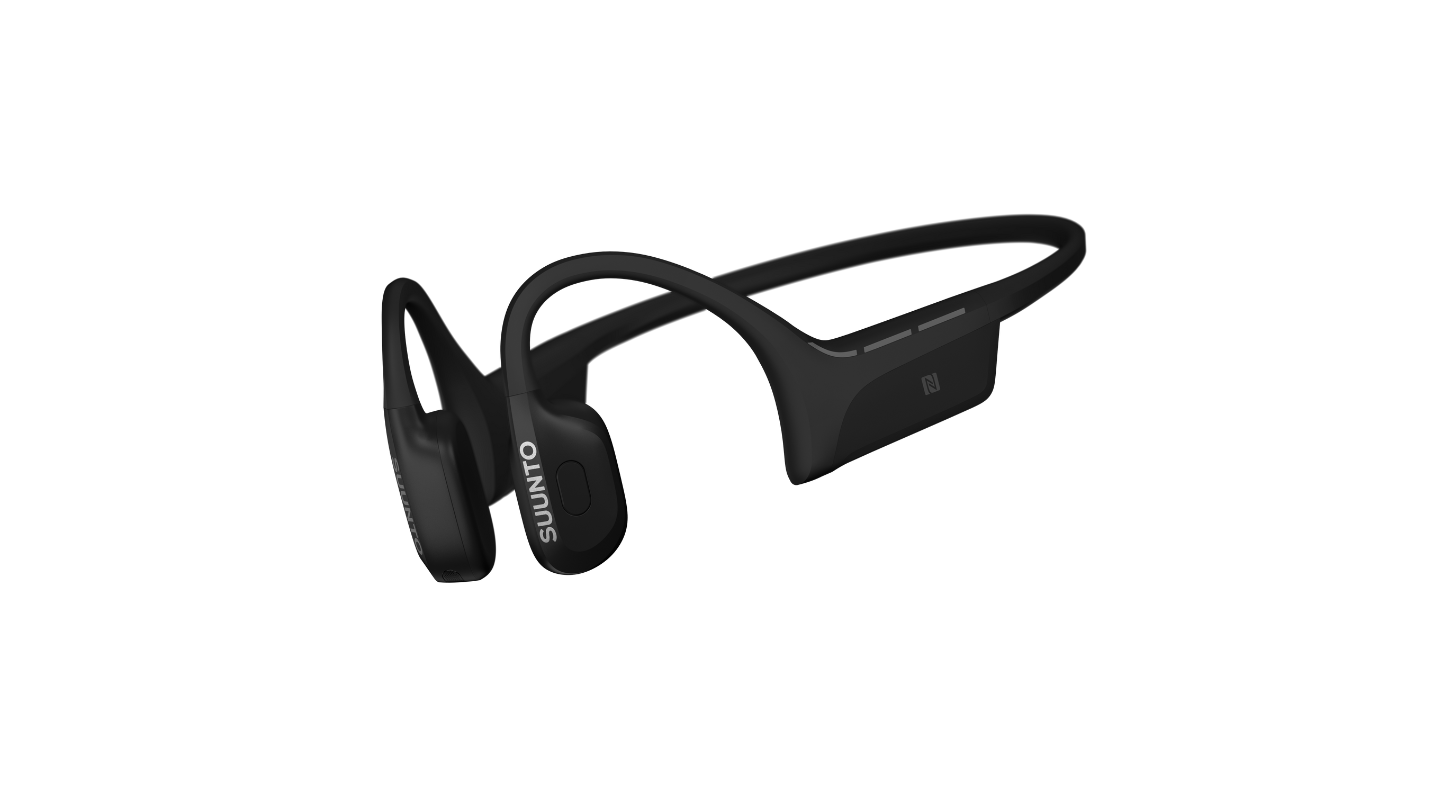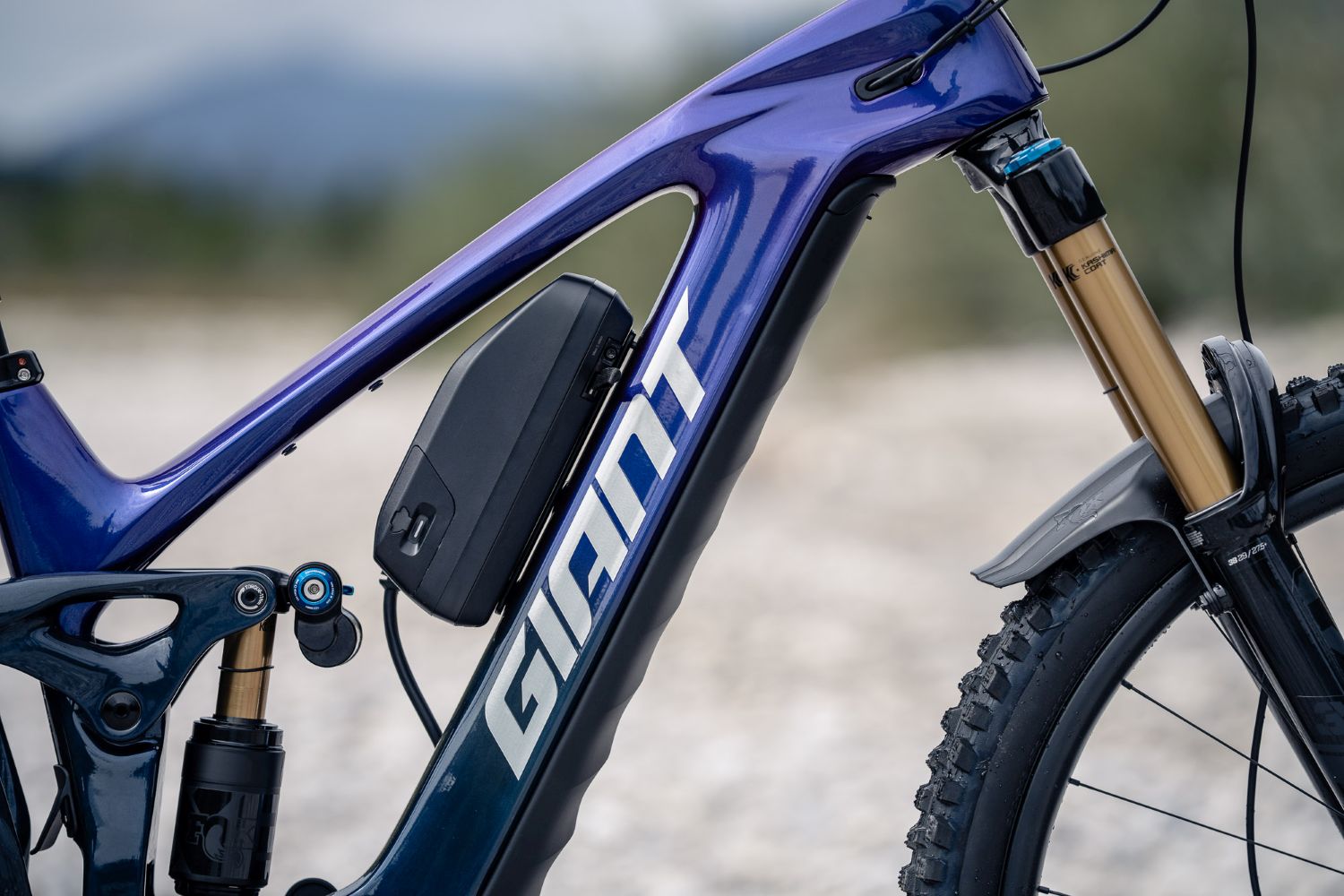The original Maxxis Dissector was met by critical acclaim when it was first launched nearly six years ago. As the first gravity casing, rear specific tyre from the brand with a focus on fast rolling performance on hardpack trails, many (including myself) were eager to mount it up and see how it went.
Key details of Maxxis Dissector
- Sizes: 29×2.4”
- Casings: EXO, EXO+ (Tested), DoubleDown
- Compound: Dual, 3C MaxxTerra (Tested), 3c MaxxGrip
- Weight: 1037 grams (Exo+ Casing, 29×2.4”, Actual)
- RRP: From $89.95

Although it had a niche ideal use case, it performed well within that window. Unfortunately, I found that the early Maxxis Dissector features a lack of braking traction and alarmingly fast wear rate. Now, the Maxxis Dissector is back with a major overhaul and a realigned target market as a front or rear hardpack tyre – depending on what kind of bike you’re mounting it to. While the updates are more evolution than revolution, any new tyre from Maxxis is worth getting excited about, and as such I was chomping at the bit when a set of Exo+ Dissectors arrived in the post for testing.
READ: Trail and Enduro Tyre Group Test
READ: Trail Bike Group Test
READ: Tubeless Insert Group Test
Maxxis Dissector Tread Pattern
Carried over from the previous generation of the Maxxis Dissector is the now ubiquitous 2-3-2 tread pattern, along with a heavily ramped front edges and shallow siping. What has changed is that the ‘3’ set of knobs is now much more widely spread, turning the outer knobs into a transition knob. The spreading of these knobs was also done to increase braking traction – something that was lacking in the previous version. The corner knobs are also spaced much closer together on the new Maxxis Dissector, with the aim being to increase stability at lean angle.
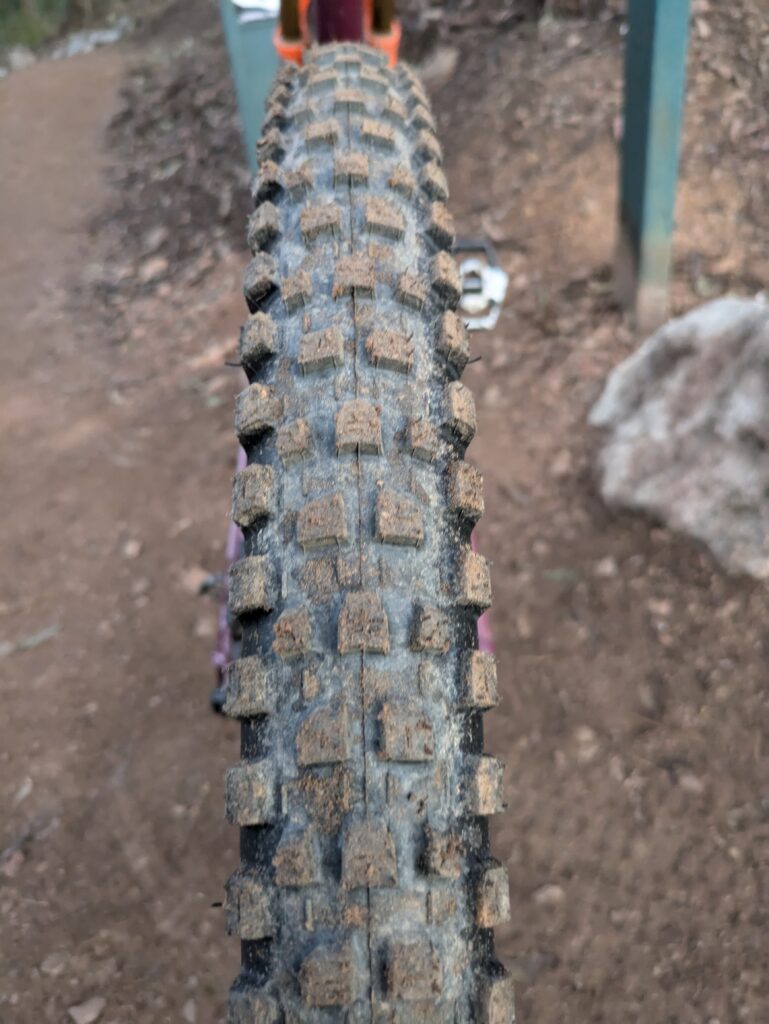

Setting up the Maxxis Dissector
Maxxis have provided a handy setup guide which suggests what tyre combo you should run pending how much suspension travel you have on your bike. I mounted the Maxxis Dissectors up to my trail hardtail, which is set up with a 140mm fork and built specifically to squeak every bit of fun possible from my local blue and single black diamond trails. As such, the recommended setup from Maxxis was a Dissector front and rear. They mounted up easily to my 25mm wide DT Swiss rims, coming in at 59mm wide (2.32”) once inflated to 24psi. It is noteworthy that this tyre is only available in 29” diameter, and in a 2.4” width – clearly demonstrating its intent as a trail offering.
Trail testing the Maxxis Dissector on rocky terrain
Climbing with the new Dissector was a fairly forgettable affair in the best way possible. Simply put, it got on with the job of scratching and clawing its way up the hard, rocky terrain I have around home without missing a beat. In comparison to its predecessor and tyres like the Maxxis Rekon and Forekaster, it has oodles of grip on offer – albeit at a slight cost of rolling speed. There are a few spots on my local loop where the aforementioned tyres typically start to spin and lose traction, but the Dissector holds strong while never feeling slow and heavy like an Maxxis Assegai or other similar options.
The first thought that came to my mind when descending with the Dissectors mounted up front and rear was ‘mini Assegai’. The predictability of the tyre from the center knobs right across the transition and onto the corner knobs was impressive. The widened pattern of the ‘3’ knob fills in what was previously a vague area of the Maxxis Dissector, proving the tyre to be a fantastic match to the larger and tighter spaced corner knobs.
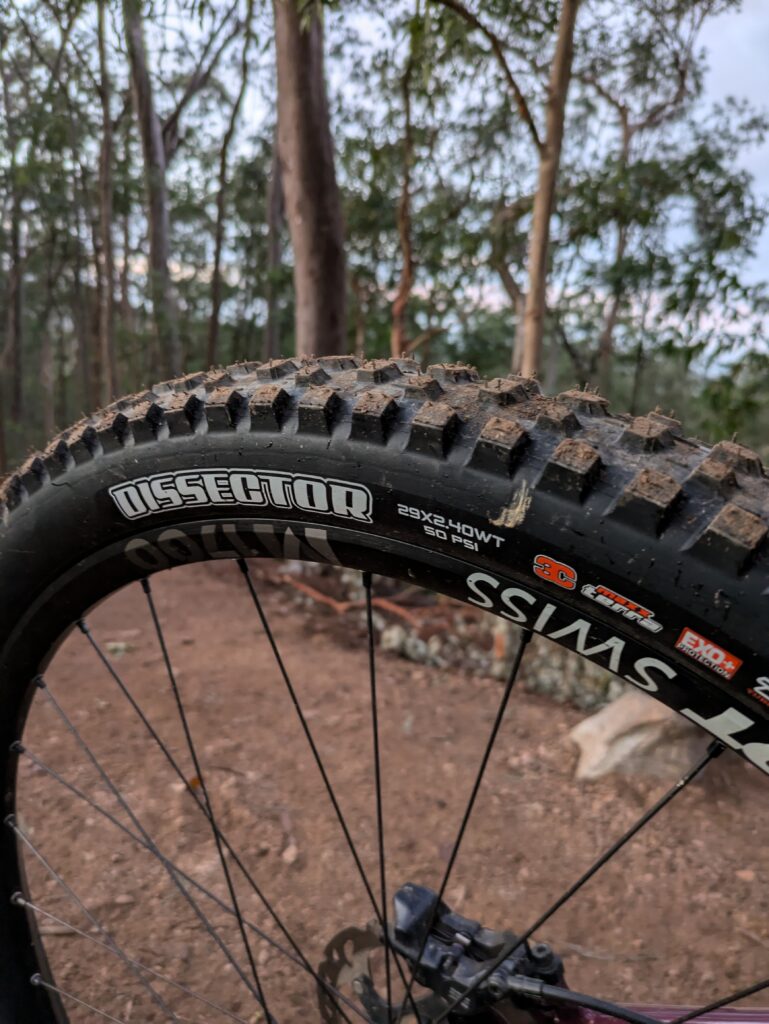
In a few specific examples where I was getting carried away down some fresh trails with legitimate hero dirt, the Dissector bit into the fresh loam over hardpack terrain beautifully, leaving me with nothing but roost up the back of my shirt and a smile on my face.
While not delivering the out-and-out traction of an Assegai or the braking performance of a Maxxis DHRII, the Dissector does sit in a nice slot between those tyres and the well known cross country tyres in Maxxis lineup. While it is available in a DoubleDown casing option, I would advise against putting these on the rear of a longer travel bike if you ride steep terrain. The small square braking edges and soft rubber will wear faster than a cheap T-shirt on hardpack soil and have you back at your LBS looking for another tyre faster than you may like.
Verdict
The new Dissector slots into the Maxxis lineup like it was always meant to be there – filling the void between their lightning-fast cross country treads and rowdy gravity tyres. It’s the Goldilocks tyre of the trail bike world: not too slow, not too sketchy, but just right. On the right bike, it nails the sweet spot of rolling speed, traction, and control, making it a go-to option for riders who like their grip balanced and their pace brisk.
Pros and cons
Pros
- Consistent performance across the tread pattern
- Maxxis’ much loved casing and compound options
- Fast rolling yet still provides traction
Cons
- Does not have the braking or wet weather grip of larger tyres

